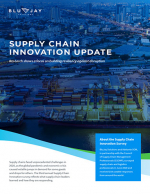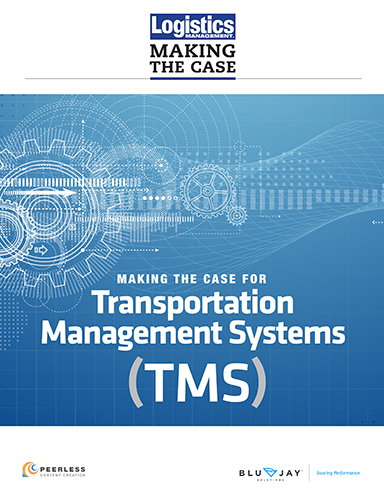Transportation Management System Delivers Complete Transportation Planning
How a software as a service (SaaS), multi-tenant transportation management system puts power and efficiency into the hands of any company that wants to cut freight costs, improve visibility, and optimize activity in today’s competitive business environment.
There was a time when shippers were able to run their transportation networks with a few human resources, a couple of spreadsheets, and a reliable phone line.
In a world where supply chains have become increasingly complex and global in nature, managing with spreadsheets and phone conversations with carriers are no longer viable options.
Shippers need a robust, always-available transportation management system (TMS) that not only handles the orchestration of multiple freight modes domestically and internationally, but also optimizes activity in a way that reduces costs and meets delivery targets.
Defined by Gartner as a system used to plan freight movements, do freight rating and shopping across all modes, select the appropriate route and carrier, and manage freight bills and payments, a TMS serves a vital role in supporting the high volume of omni-channel, e-commerce, and traditional freight movements around the globe.
According to TechTarget, a TMS facilitates interactions between an organization’s order management system (OMS) and its warehouse management system (WMS) or distribution center (DC).
Common TMS software modules include route planning and optimization, load optimization, execution, freight audit and payment, yard management, advanced shipping, order visibility, and carrier management.
When deployed, a TMS delivers business value in the form of reduced costs, but also gives shippers improved accountability, better transportation chain visibility, and greater flexibility to make delivery plan changes.
What’s Related




Favorites





